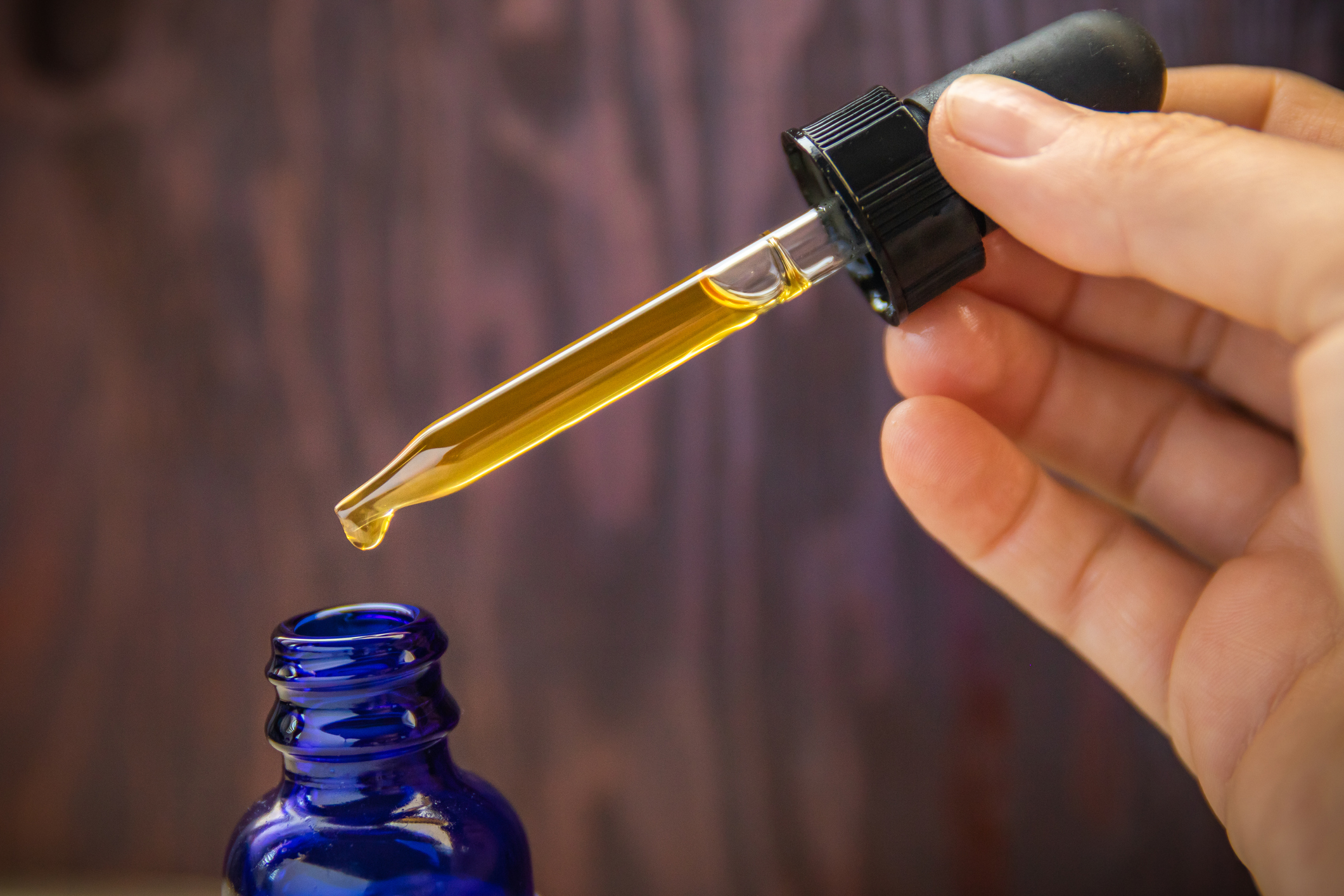With so many people, including older adults, turning to medical cannabis to treat chronic pain without the use of opioids, it’s timely that an international task force of experts has released new guidelines to help providers properly prescribe their patients the appropriate dose.
According to a recent MedPage Today report, there has until now been a gap in clinician knowledge about dosing. Prescribing medical cannabis without guidelines, especially for frail and elderly patients and those with multiple chronic health conditions can lead to serious side effects.
The 20-member Global Task Force on Dosing and Administration of Medical Cannabis in Chronic Pain recommends that the majority of patients should be treated along the “routine” scale; starting with a 5 mg dosage of cannabidiol (CBD) twice daily. Tetrahydrocannabinol (THC) should only be introduced if patients do not respond when given at least 40 mg of CBD daily. THC doses should start at 2.5 mg daily and be limited to 40 mg per day.
Elderly and frail adults and patients with severe co-morbidities or those taking five or more medications daily should be treated conservatively starting with a 1mg THC dose daily and increasing if necessary more slowly. Patients with severe pain who have significant prior cannabis consumption can follow a rapid protocol, starting with a CBD-THC balanced dose of 2.5 to 5 mg of each compound twice a day.
Because many clinicians have seen pain improvement using CBD alone, which does not contain the psychoactive properties of THC, it is recommended patients start with CBD first. Medical cannabis is recommended for mixed pain, neuropathy, inflammation, and nociplastic pain. There is no maximum age for treatment with medical cannabis set by the task force guidelines, however, the treatment of young adults under the age of 25 is not endorsed with the exception of treating epilepsy with CBD. Medical cannabis should not be taken with anticoagulants, immunotherapy, or the epilepsy drug, clobazam.
Chronic pain affects nearly 2 billion people worldwide, according to a recent Pain Week Virtual Conference post. It is associated with physical and emotional impairments as well as reduced participation in social and work activities and perceived poorer quality of life. Learn more about medical cannabis and the treatment of chronic pain by following this link to the recent Virtual Conference website.






Add Your Voice
0 Comments
Join the Discussion